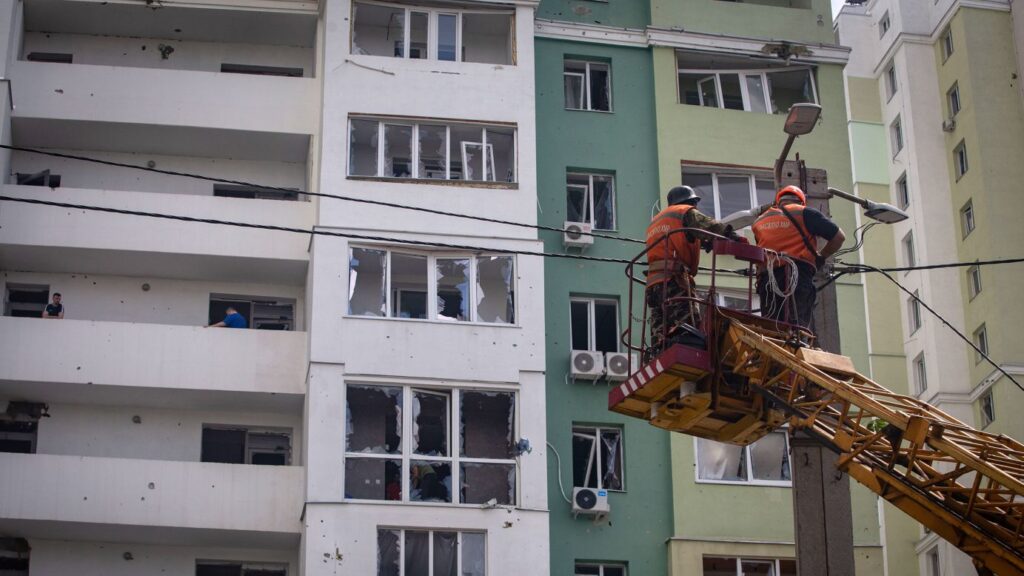Brett McGurk is a CNN global affairs analyst who served in senior national security positions under Presidents George W. Bush, Barack Obama, Donald Trump and Joe Biden.
Only two weeks ago, after summits with Russia’s President Vladimir Putin in Alaska, and the leaders of Ukraine and European allies at the White House, there was hope for a reinvigorated diplomatic process on Ukraine. That hope has now dimmed together with lights across Ukraine after Putin launched one the largest attacks of the war against Ukraine’s civilian infrastructure with a particular focus on electricity needed over the winter months.
Donald Trump had hoped for follow up from his summits, to include a meeting between Putin and Ukrainian President Volodymyr Zelensky. Putin seems to have other ideas: to break the will of Ukraine over the frigid winter season that is fast approaching. It’s a crude strategy that aims to present a stark choice for Ukrainians: accept my demands or risk freezing to death in your homes.
Putin has tried this before, over the last two winters, and failed due in part to a global effort led by the United States to sustain Ukraine’s resiliency during the heating season. But as this winter approaches, there are questions of whether the United States will do so again.
A little noted history of the Ukrainian war to date was the effort led by the United States to prepare Ukraine for Russia’s onslaught by connecting its energy grid to Europe’s and severing Kyiv’s reliance on Russia— all while surging energy resources to Ukraine before each winter.
Continue reading the complete article on the original source



